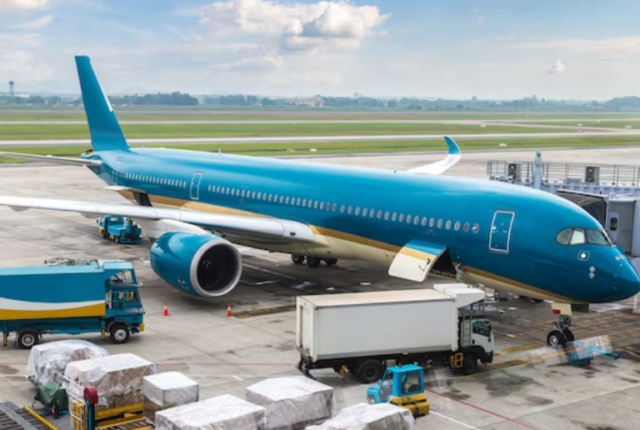
Soaring Through Skies: Unpacking the Intricacies of Air Freight
Air freight is an essential part of the logistic structure, which is in fact a very important means for goods movement over great distances. Nowadays, it is becoming even more critical in the epoch of fast ordering as the time pace of the business is in line with the heartbeat of international trade. Knowing how air freight forwarder does their work gives us a glimpse at how complicated it is and its importance in the world today. This article provides the complete steps on the delivery of air freight, from the packaging at the origin to delivery at the destination.
- Preparing Goods for Transit: The journey of air freight begins with the sender preparing goods for shipment. This initial step is critical because goods must be securely packed to withstand air transit, which involves rapid changes in pressure and temperature. Items are typically palletized or containerized, depending on their nature and size, and then weighed and measured. Accurate documentation, including a detailed description of the cargo, its value, and its destination, must accompany the shipment. Compliance with international regulations, such as those concerning hazardous materials, is also verified during this phase.
- Loading and Manifesting: After consolidation, cargo is loaded into containers or onto pallets specifically designed for aircraft compatibility. The loading process is meticulous, balancing weight distribution and maximising space utilisation. Each item’s placement is strategized to facilitate easy unloading upon arrival at the destination airport. During this phase, a cargo manifest is prepared, detailing every piece of cargo on the flight, which is crucial for both security and tracking purposes.
- The Heart of Air Freight: The central phase of air freight is the air transit itself, where cargo-laden aircraft traverse international skies. Cargo planes, which may be dedicated freighters or passenger aircraft with cargo capacity, are used depending on the shipment’s urgency and size. Pilots and crew ensure the safe transit of goods, navigating through various air routes and adhering to strict international air traffic regulations.
- Arrival and Customs Clearance: Upon landing, cargo undergoes customs clearance — a critical and sometimes complex process. Customs agents inspect the documentation and the goods themselves, ensuring that all items comply with local laws and regulations. Taxes and duties are calculated based on the declared value and type of goods. This stage can be a bottleneck in the air freight process, as delays in customs clearance can lead to significant holdups.
- Delivery to Final Destination: Once cleared, goods are then either picked up by the consignee or delivered by the logistics provider. This last mile of delivery is crucial, often involving ground transportation to the final destination. The efficiency of this final step depends largely on local infrastructure and the effectiveness of the delivery service.
In conclusion, air cargo transportation is a complex, dynamic component of global commerce, necessitated by our modern demands for speed and efficiency. By understanding each step of this intricate process, businesses can better leverage air freight solutions to enhance their operational agility and competitiveness on the global stage. This exploration not only underscores the significance of air freight but also highlights the orchestrated precision required to move goods through the skies efficiently.



